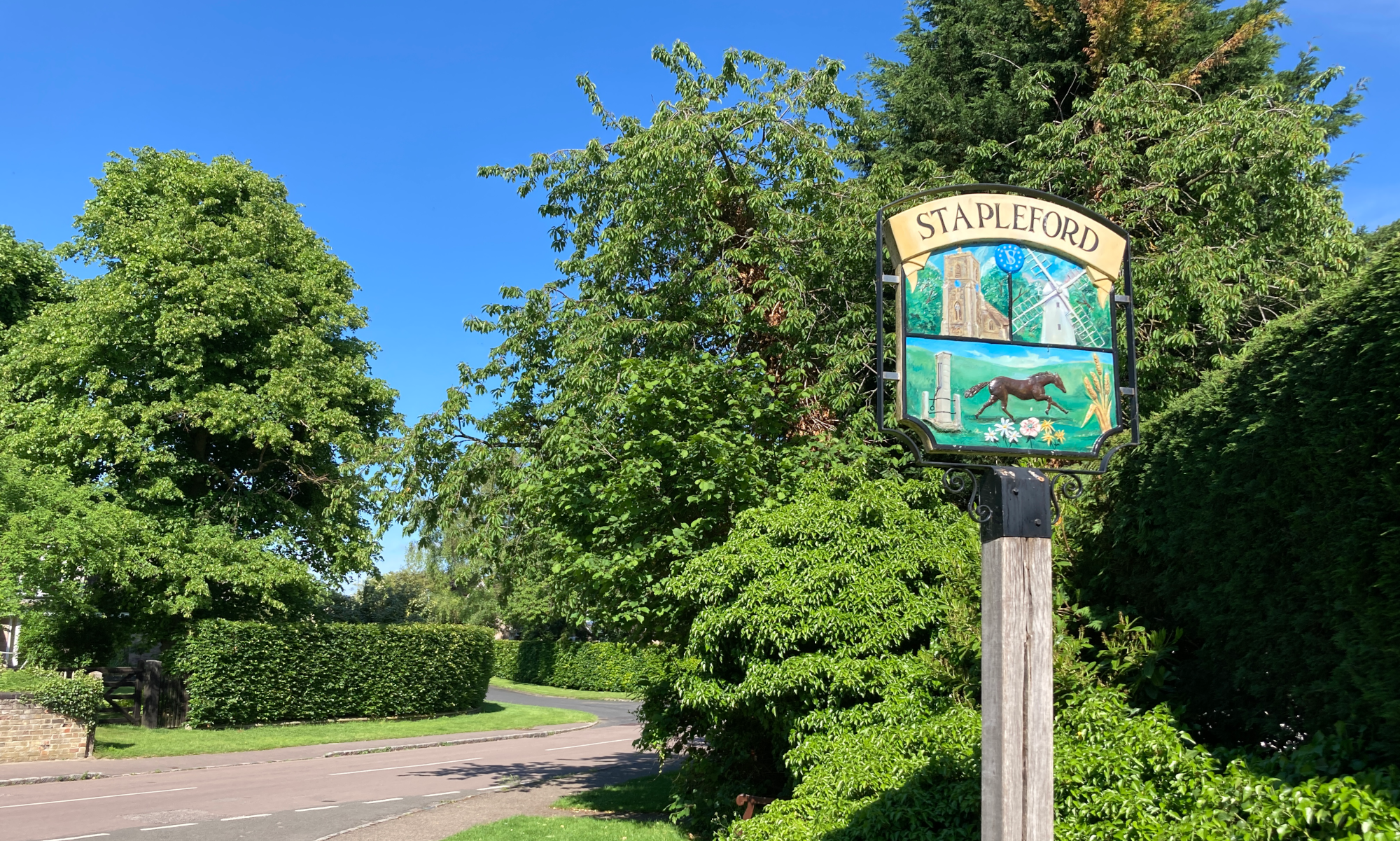Stapleford History Society 11th December 2018
Talk by Mike Levy
Mike Levy gave us the agreeable sensation of being rejuvenated as he took us through the development of the British musical. First he charmed us by saying we didn’t look old enough to remember the 1960s; then his musical illustrations took us right back there.
Mike’s theme was the way the shows reflected the social changes unleashed by the second world war. There was a wave of nostalgia for pre-war life, with shows by Noel Coward and Ivor Novello reverting to a world of romantic intrigues and tea at the vicarage tennis court. Imported American shows brought more social realism. Mike surprised us, for example, with a forthright denunciation of racial prejudice from South Pacific (this number was cut from the film version). In the late 1950s the Unity Theatre in London led the way in presenting shows that connected more directly with the lives of ordinary people rather than polite society. Rock and roll moved in the same direction, with stars such as Bill Haley and Tommy Steele displacing the crooners. In 1959 Fings ain’t what they used to be showed the Soho underworld, prostitution and bent coppers. A key figure was Lionel Bart. His Maggie May (1964) dealt with the Liverpool dock strike, prostitution, apartheid, corruption, and ends with the death of the hero – as far from the vicarage as you can get. But this social engagement was not maintained: American-style blockbusters, such as Camelot, rose to dominance. Mike made clear his sense that a golden age had come to an end.
Many toes were tapped, there was some discreet humming along, and of course we had mince pies to complete a rejuvenating, convivial and enlightening evening.
[report by John Street]

